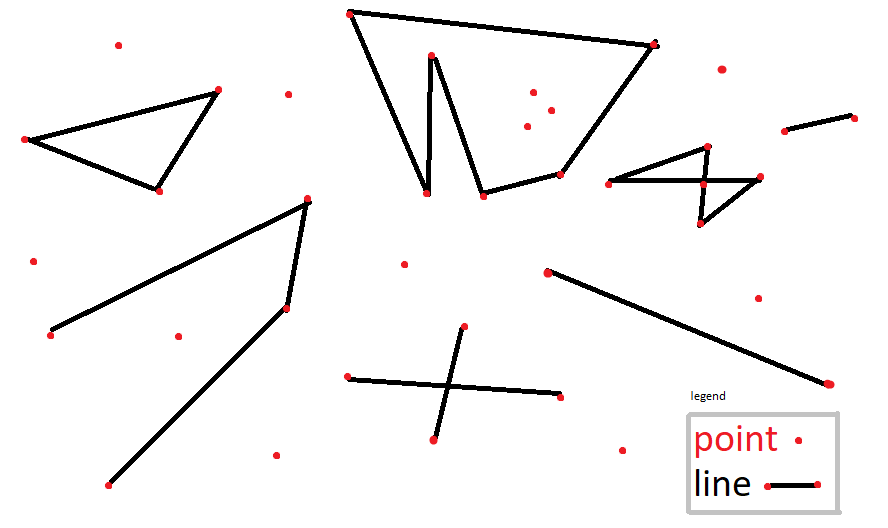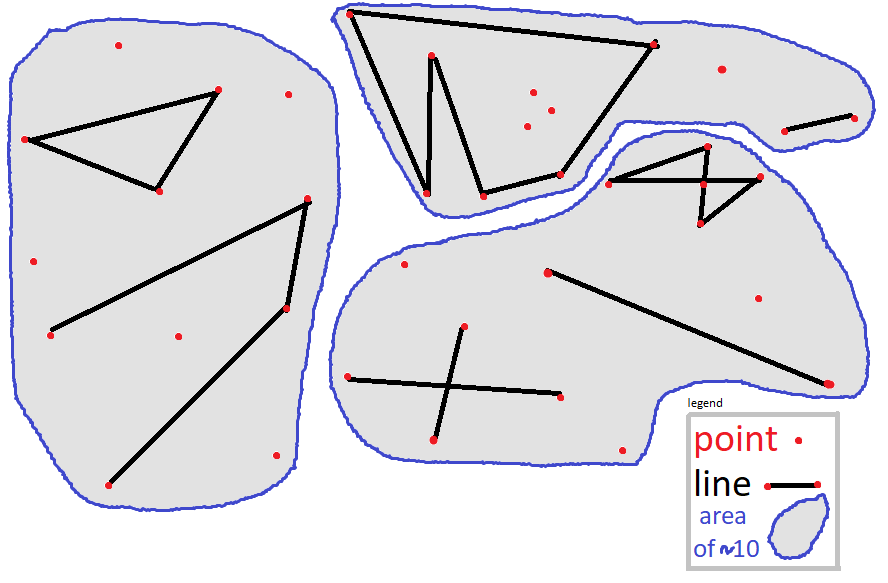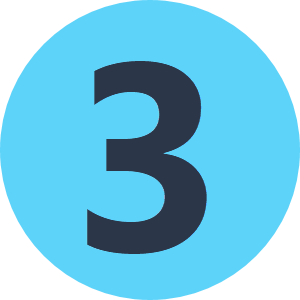Hi Community
In ArcGIS i create lines and points and for each project i need to create Area's that contain a (almost) fixed amount of features inside the area. The Boundary of the Areas that are generated should not intersect any other features. For example i have a total of 33 features and i want to make area's (zones) that that have about 10 features inside and 0 features that are not fully within. Below i show a rough example of my data and another example of my goal.
keep in mind that i do not know before hand how many features are going to be processed. it can be up to 50k or just a few hundred. but i always want groups of about 10 features.
The shape of the area's boundary should be as generalized as possible (no complex shapes) as this might happen when you try to force a fixed amount of features inside.
How would you aproach this problem? I have tried it myself several times and i always get stuck somewhere down the road. I need some advice or inspiration to start over from scratch agian. So please let me know what your workflow would consist of, what key elements would you use to achieve my goal?
My Data (example)

The result i need to get (polygons or just lines as a boundary is fine too)

I am looking forward to see your take on this with your creativity!
My regards
Nick J












